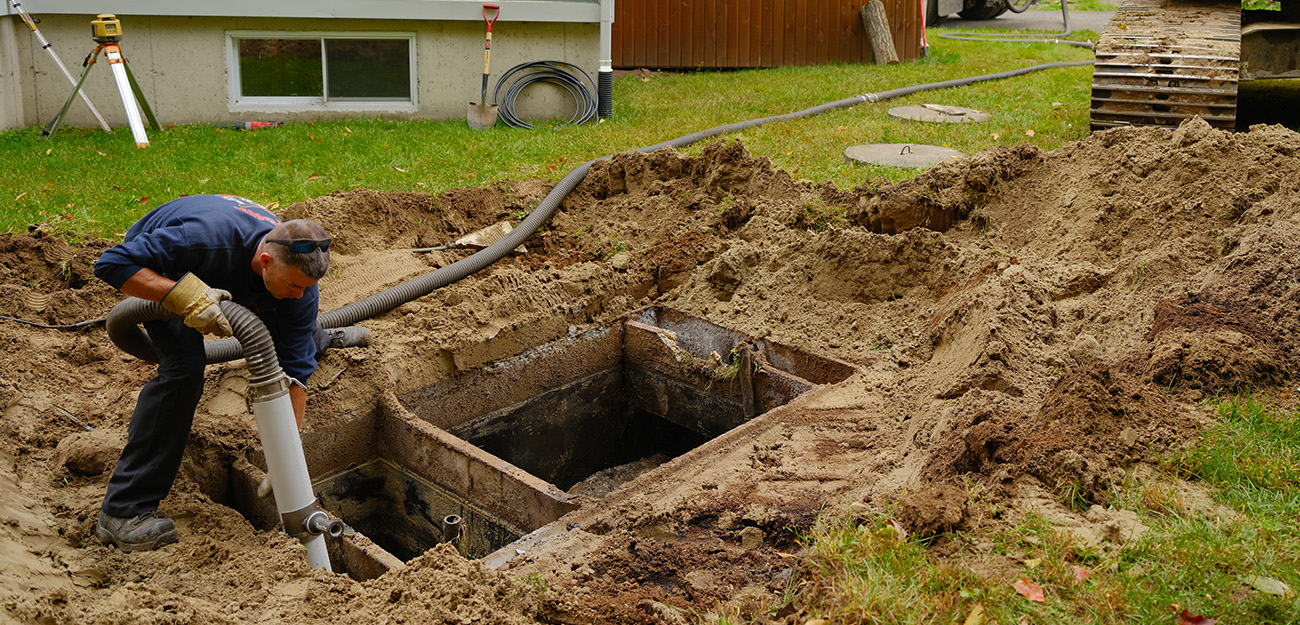Certain aspects of home ownership are not noticed until they need attention. Septic systems are just one of those crucial but often overlooked components in a home. We tend to take it for granted as if it can carry out its duties without much maintenance or even concern. Like any other system, septic tanks have a lifespan, and eventually, they will need replacement.
Homeowners who aren’t prepared may be unable to pay for the cost of replacing a septic system. It is vital to realize the various factors that influence the cost of a the septic tank.

In order to determine the actual cost of the new septic system it is important to take a look at more than the price. It’s not merely about replacing the old tank with a new one. The price is affected by a variety of services and components. Each step, from obtaining permits, to hiring experts and digging to the installation results in costs. The homeowners must plan their budget accordingly.
One of the primary aspects to be considered is the septic tanks cost of replacement, which includes the cost to set up a the septic tank and leach field. The price for a new tank will vary depending on its dimensions, material and the complexity of the installation. Costs is also affected by the geographical location of the property local laws, as well as the soil conditions. Get in touch with experts on septic systems to assess your needs and get an accurate estimate. The experts will consider things like the size and shape of the leach fields to give an accurate estimate of your total costs of your septic system.
The drain field or leach is yet another major cost. It is essential for the treatment and distribution of wastewater. The cost of replacing a leach field that is damaged or ineffective can be considerably increased through meticulous planning. Factors such as the size of the leach field, soil composition, and accessibility all affect the cost of replacement, making it crucial to take these aspects into consideration when calculating the total cost.
The homeowners must take into consideration the expenses associated with the replacement of the tank for septic. This process can impact your routine, forcing you to temporarily vacate your house or reduce the use of water during the installation. It is important to consider this inconvenience in the planning phase as it may cause disruption to your routine and result in additional expenses.
Additionally, it’s important to be aware that routine maintenance and maintenance of your septic system is vital to extend its life and decrease the risk of premature replacement. Neglecting maintenance tasks may cause more serious problems later on, such as damages to the drainfield or failing the tank. It is wise to include costs for septic systems within your budget. This can help you save money.
In the past, you may be aware that determining the total cost of replacing the septic tank isn’t a simple task. This involves careful analysis of a variety of factors such as the size and type of tank, to the complexity in the installation process or the condition and status of the leachfield. Your location as well as local rules will affect the total cost. It is important to consult professionals who are experienced in changing the septic system.
If you’re looking to replace your septic system, you may be shocked to discover that there are hidden expenses that you might not have imagined. These costs can accumulate quickly, which is why it’s crucial to be aware prior to making a decision. For more information, click cost to replace septic tank
Some of the hidden costs of septic system replacement include:
The cost of inspections and permits. Before you start work on the replacement of your septic tank you’ll require permits from your local authority. These permits can be expensive as well as you might be required to pay for inspections.
The expense of excavation and removal. The old septic system will need to be taken away and dug up before the new system is put in place. This is a cost-effective process, especially if your old system is located in a remote area.
The cost of backfilling and the grading. Once the old system has been gone, it is needed to grade and then backfill the hole. This ensures that the new system drains properly.
Costs of landscaping. When the new system has been installed, you might need to complete some landscaping work to keep it looking clean and neat. The cost can quickly add to the bill if you employ a landscaping firm that is professional.
It is important to consider these hidden expenses when you’re budgeting for your septic system replacement. If you do this you’ll be sure to avoid surprises later on.
Making the switch to eco-friendly septic systems is an excellent choice for homeowners with a limited budget. These eco-friendly septic systems aren’t just cost-effective alternatives to traditional systems, but also help save the environment through reducing water runoff and pollution. Additionally, eco-friendly septic systems are becoming more readily available and affordable, making them an ideal option for those who want to lessen their impact on the environment without breaking the bank. Moving to a more sustainable system may require some upfront costs, but these are easily offset by the benefits in the long run. It’s not just a fad, but a lifestyle change all people should adopt if they really want to protect our planet’s future for generations to come. You can have peace of knowing that you’re contributing to the global community. This will also ensure that your property is operating efficiently and with fewer maintenance costs, as well as lower monthly costs.
